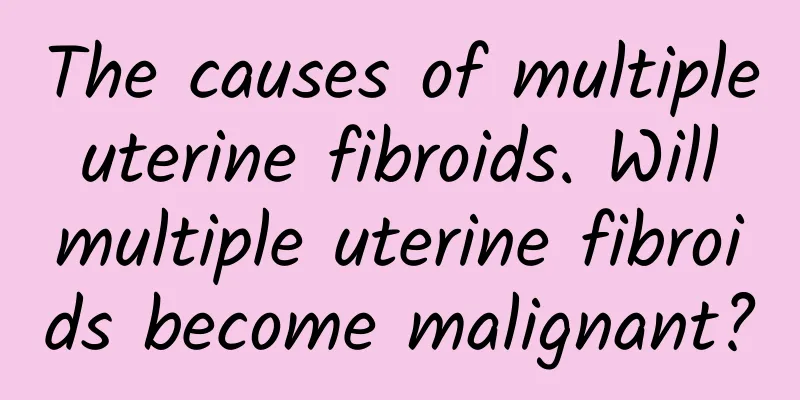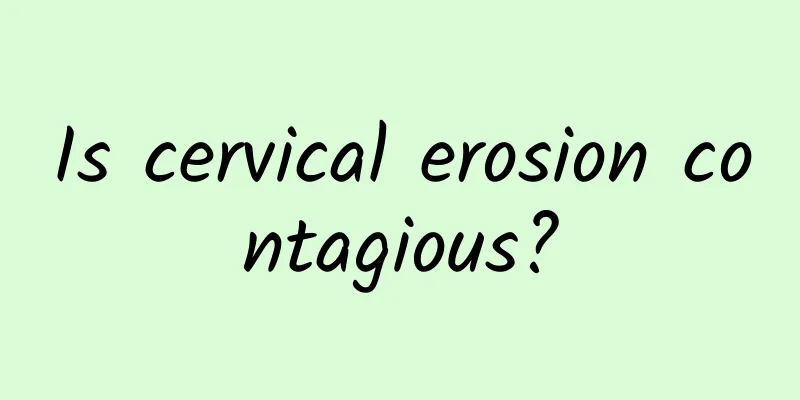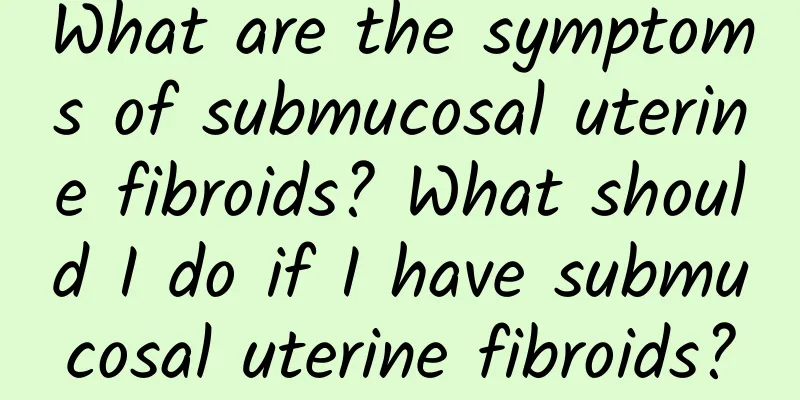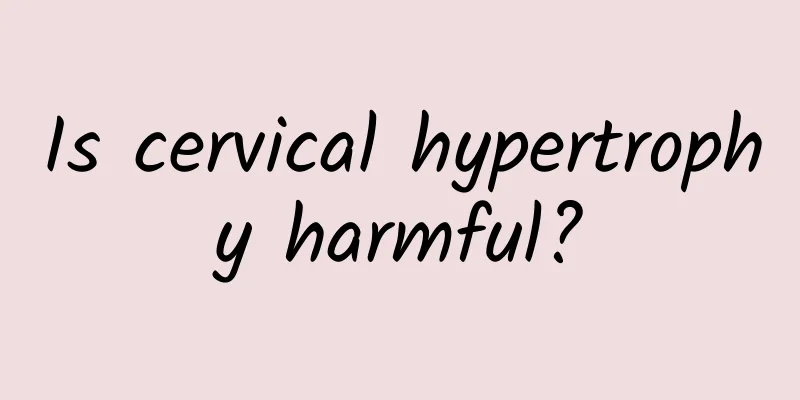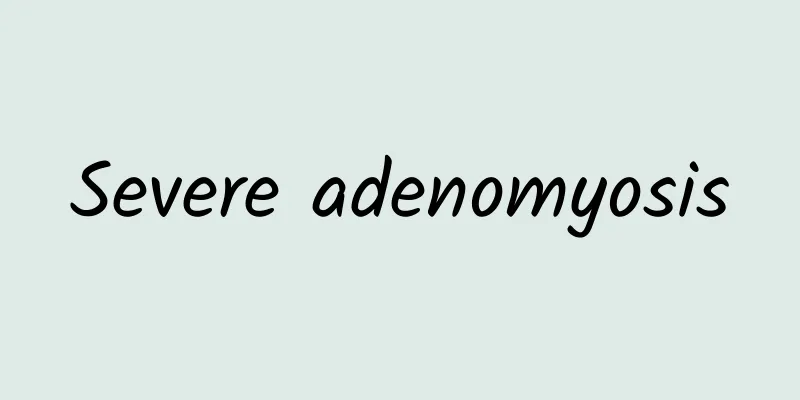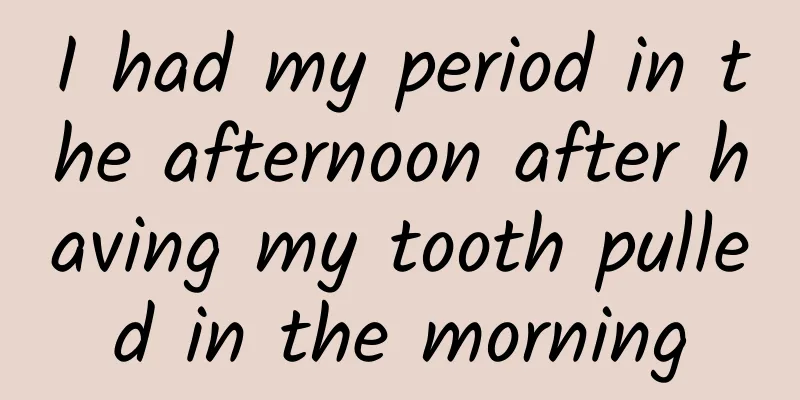What to do with pelvic peritonitis
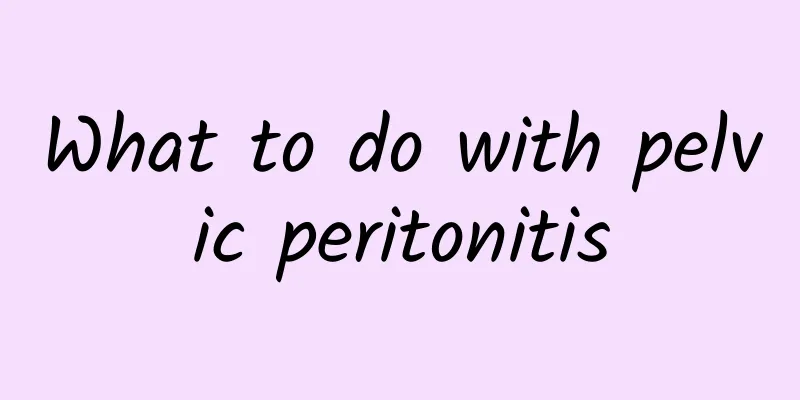
|
What to do with pelvic peritonitis? In the process of treating chronic pelvic peritonitis, the treatment method plays a big role. We all know that the symptoms of pelvic peritonitis are mainly damp heat and blood stasis. Such inflammation will cause pain to the patient when it is serious. We know that there are some treatment methods for chronic pelvic peritonitis that are still very effective. The following are the methods of treating pelvic peritonitis. The main treatments for chronic pelvic peritonitis are: Treatment with Chinese medicine: Chronic pelvic peritonitis is mostly of damp-heat type, and the treatment principle is mainly to clear away heat and dampness, and promote blood circulation and remove blood stasis. Drug treatment method: In addition to eliminating pelvic congestion, chronic pelvic peritonitis also needs anti-inflammatory and antibacterial treatment. This will eliminate inflammation, help to reduce congestion and edema, and help cure pelvic peritonitis faster. You can also take some Chinese medicine for blood circulation and blood stasis under the guidance of a doctor for auxiliary treatment. This is a common treatment method for chronic pelvic peritonitis in traditional Chinese medicine. Physical therapy: benign warm stimulation can promote local blood circulation in the pelvic cavity, improve the nutritional status of tissues, and increase metabolism, so as to facilitate the absorption and disappearance of inflammation. Commonly used methods include short wave, ultrashort wave, ion penetration, wax therapy, etc. Surgical treatment: The scope and method of surgery should be determined according to the patient's age, the scope of the lesion, the size of the mass, and the patient's desire for fertility. If the patient is relatively young and has fertility requirements, and the inflammation causes the fallopian tubes and ovaries to form wrapping and adhesions, affecting fertility, conservative surgical treatment should be considered. For patients with recurrent pelvic peritonitis, long-term mass, and no fertility requirements, the principle of surgery is complete cure. Unilateral oophorectomy or total hysterectomy plus bilateral oophorectomy is performed. The symptoms of chronic pelvic peritonitis are not very obvious, and we often need to observe carefully. However, some patients with pelvic peritonitis have been suffering from the disease for a long time, and have already had many debilitating symptoms. They also begin to have physical discomfort. Sometimes, the resistance of patients with chronic pelvic peritonitis is poor, and they are prone to complications. If we want patients to avoid the harm of pelvic peritonitis, we can use appropriate methods to accurately treat chronic pelvic peritonitis. All of them are very effective. |
<<: What is pelvic peritonitis?
>>: Three major causes of pelvic peritonitis in women
Recommend
What are the main symptoms of uterine fibroids? Can uterine fibroids induce malignant tumors?
Uterine fibroids are divided into malignant uteri...
What are the dangers of cervical erosion?
Beware! Cervical cancer is getting younger and yo...
What causes cervical hypertrophy in women?
Cervical hypertrophy in women may be caused by ce...
Obesity is the root of all diseases, and it is difficult to lose weight if you have weak genes! Recognize the 5 major obesity physiques, losing weight is no longer difficult
Obesity is the root of all diseases! According to...
Acute treatment of Bartholinitis
The Bartholin's gland is the internal reprodu...
Fasting and using fruits to lose weight will only make you fatter! Famous doctor Xiao Dunren: Develop 5 good habits to lose weight and avoid gaining weight again
There are hundreds of ways to lose weight, and ma...
Lower abdominal pain may be a manifestation of chronic cervicitis
Many female friends have symptoms of lower abdomi...
The cost of painless abortion surgery is mainly related to different hospitals
Experts point out that the cost of painless abort...
Beware of the dangers of hyperprolactinemia
Do you know about high prolactin? Experts point o...
Misunderstandings in the treatment of endometrial tuberculosis
There are many misunderstandings in the treatment...
There are 2 obvious symptoms of pelvic inflammatory disease
There are two obvious symptoms of pelvic inflamma...
Can I stop taking the medicine if my blood sugar level is stable? 5 diabetes myths busted
The National Health Administration once calculate...
Precautions after medical abortion
Although medical abortion is a small matter, you ...
Five symptoms of malignant uterine fibroids
Correctly understanding the symptoms of malignant...
How to prevent premature menopause
Menstruation is a normal physiological manifestat...

